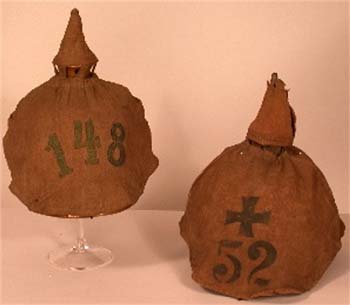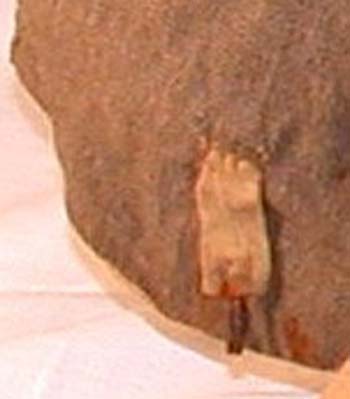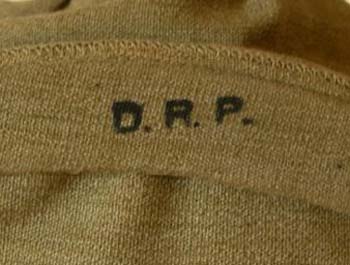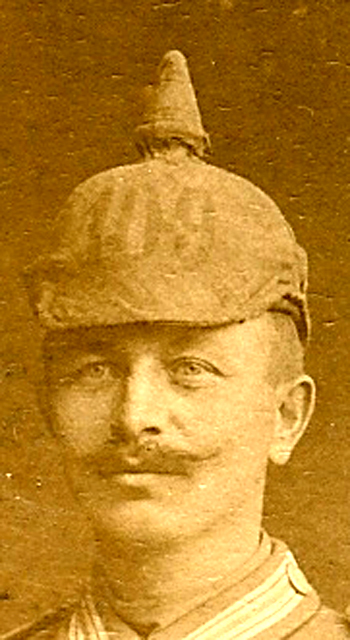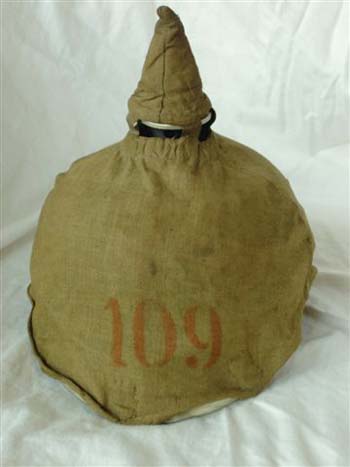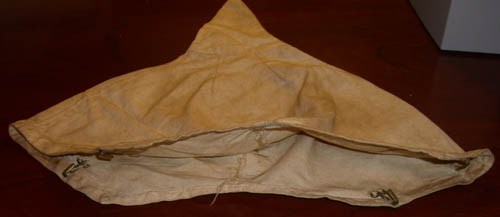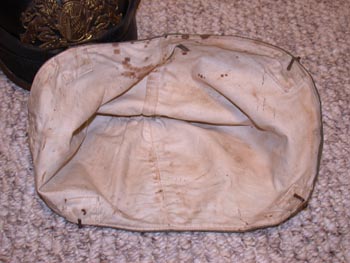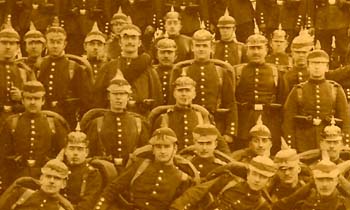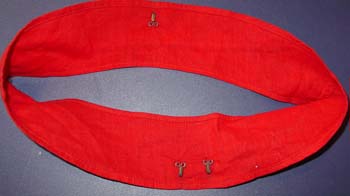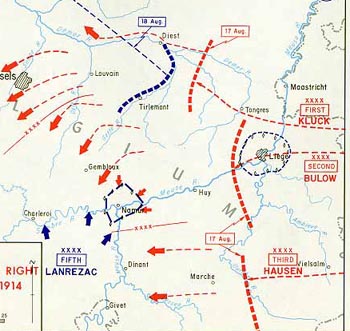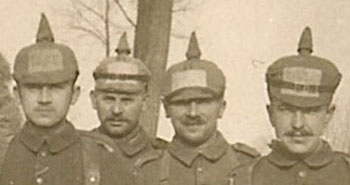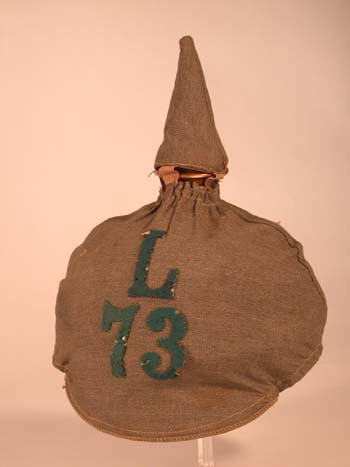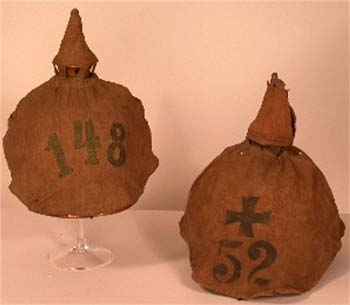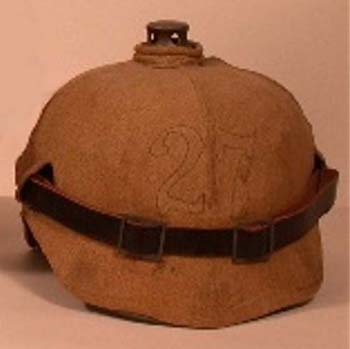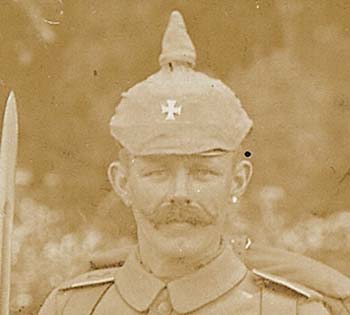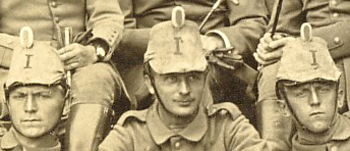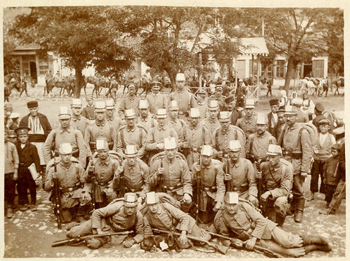Helmet Covers – Uberzug
Joe Robinson
| I have been tracking some information on Uberzugs for a while. There are many holes in this article and research. It is intended to be a continuation of the research in references. As was once said in a recent book by Trawnik, no book can get it all without mistakes or holes. I like to think of it as standing inside the fire, at least we are making an attempt to clarify. | ||
| The original covers were allegedly authorized by an AKO dated 8 May 1884. The purpose of this was to have some way of marking sides during maneuvers. The solution that was used was to equip one side of the maneuvers with a white cloth cover. There is an example of this cover located in the museum in Rastatt. |
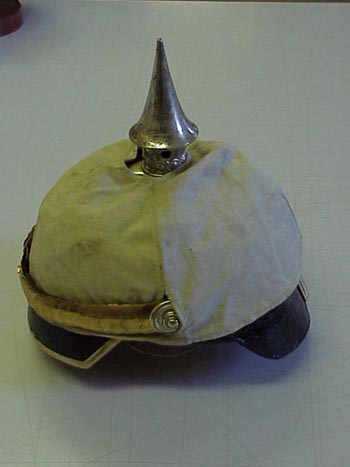 |
|
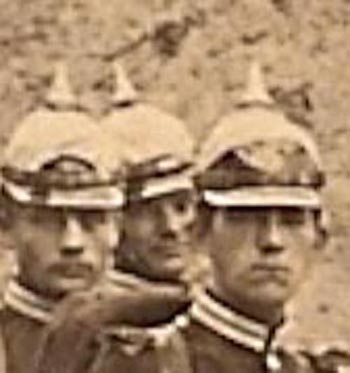 |
The problem is that there was no AKO in 1884 that authorized these Uberzugs. Therefore, I do not know whether the authorization extended throughout the army, just for the Kaiser maneuver, or only for a specific group. They surely existed, and they surely were for maneuver purposes, but there was no AKO. | |
| On 17 May 1892, there was supposedly an AKO that authorized the creation of an Uberzug. It does not however exist. This would be the Uberzug, as is generally known. There were some color changes to the body color as the probe items improved, and at this time there are no markings or unit designations. This new style cover was made of gray green cloth that covered the entire helmet to include the visors. It was used by all branches of the German army. The cloth cover used for leather pattern spiked helmets was shaped in the form of the helmet. The rounded front and back halves were sewn together along each side. The top had a hole through which the spike protruded a cone shape (or round shape for artillery units) bag that was linked to the cloth body by four cloth bands covered the helmet spike. Issue covers were fitted to the edge of the front and rear visor with five metal hooks, three front, and two in the back. These fit over the visors edge. It was very common to find the issue marks on a cover similar to helmet depot marks. Cover hooks came in many styles. Hooks were attached with separate cloth and was attached to the helmet. Hooks were generally made of white metal or brass. Most Bavarian hooks were made of steel, lacquered black and were therefore magnetic. There were generally five hooks for issue Uberzug, with the exception of mounted troops that had four hooks.Slits appeared along the rear spine of some for ventilation starting in 1895. So somewhere between 1892 and 1897 soldiers started wearing unmarked Uberzugs on a regular basis. | 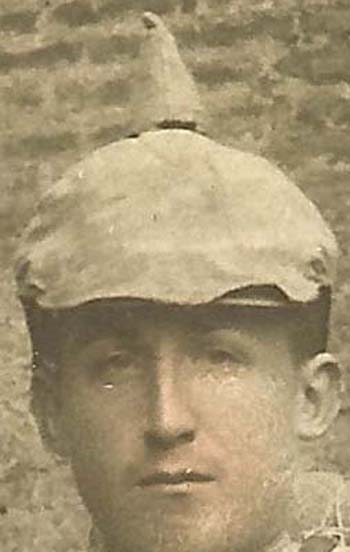 |
|
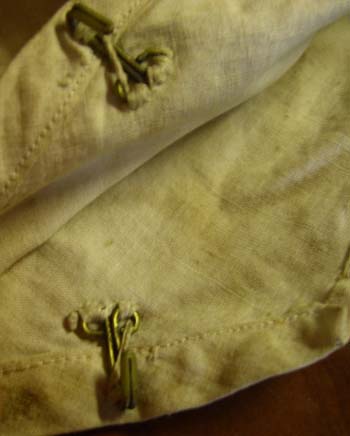 |
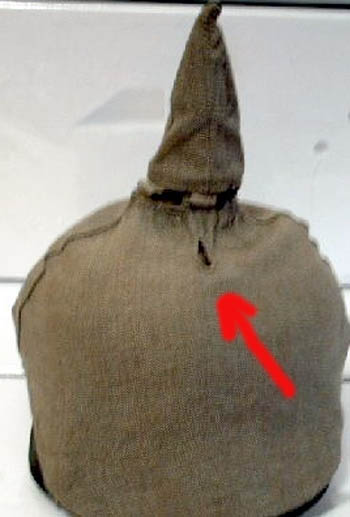 |
|
| There seemed to be a large number of different ways that hooks were attached to the cover. These methods seem to have changed with time and corps areas.
|
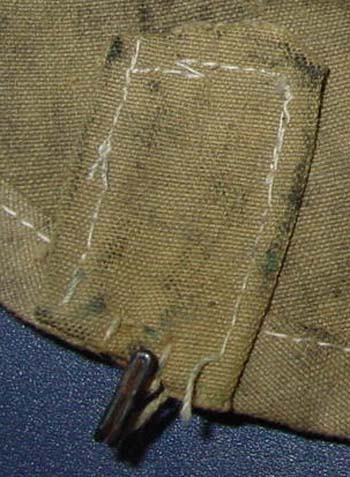 |
|
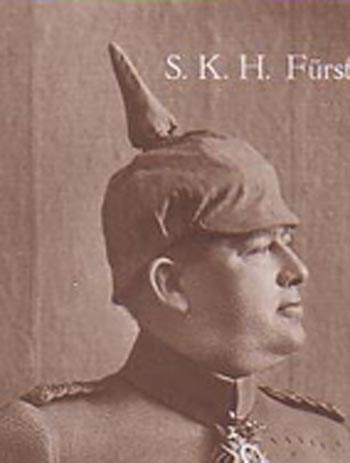 |
Most private purchase covers were available and were form fitted. No hooks were used but rather the visors were fitted into hardened pockets. A common marking found on private purchase style covers or the letters DRP, which stands for Deutsches Reich Patent or DRGM, Deutsches Reichsgebrauchsmuster. Some private purchase helmet covers had hooks. Remember at this time there were no numbers or markings on the outside of the Uberzug.
|
|
| There was allegedly another AKO of 28 January 1897 that supposedly authorized numbers and letters to be placed on the Uberzug. A copy of the AKO is included to the right. Nothing is mentioned in the AKO about letters or landwehr crosses. It does not detail the color of the Uberzug; however it does authorize numbers to be worn by line infantry regiments. Regiments of the Prussian guard, Grenadier Regiment 89 from Mecklenburg, the Bavarian Lieb Guard Infantry Regiment, and the 109th Baden Guard Regiment reportedly did not wear numbers on their helmet covers but it is not specific in the AKO.This special “rule” for guard units is oft repeated in references, does not hold up to scrutiny and is not part of the AKO.
There are many wartime pictures of the 109 Regiment with numbered helmet covers and at least one of the 89th. I have a Bavarian Lieb Guard picture with a unique private purchase cover containing the unit’s symbol.
|
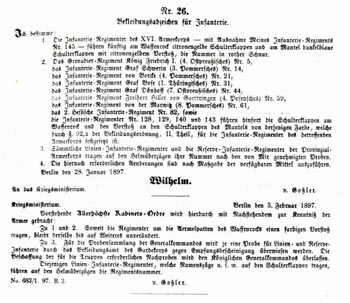
This example from the Peault collection shows numerous problems with our understanding of the AKO and Probe system. Not only is this cover from JR 109 matched to a similar helmet. But the numbers are stenciled instead of cloth. Many sources state emphatically that all red numbers are cloth. The misunderstandings seem to trace all the way back to the 1930s, where an article by Doctor Klietmann and Pietsch in a renowned journal seems to have made several errors in fact. Nonetheless this is still somewhat controversial as modern references continue to cite Pietsch in error, and others consider this to be an a priori argument based on a lack of understanding of Probe during mobilization. The opinion of this author is that the existence of pictures and examples provide prima facie evidence that the selected Probe examples did not always follow the AKO. This becomes even more obvious if the critic were to consider the AKO that gives Probe guidance on 3 February1897. |
|
 |
||
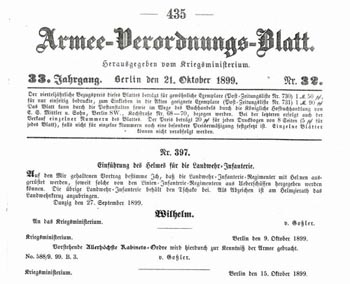 |
The Uberzug was marked clearly with the regimental number for infantry regiments and reserve infantry regiments starting in 1897. There is no specific mention of other branches or helmet types. The assumption is that they were authorized at the same time. There is a general understanding that the letter R was used for reserve units. Without reserve units existing in peacetime there is no need for a helmet cover. There are many questions about what is on the helmet of landwehr or Landsturm. We have to remember that Landsturm did not have a helmet authorized and therefore needed no Uberzug. The landwehr did not have a helmet authorized until September 1899. The “L” was authorized first in Feb. 1900. This is in direct contravention of the 1930s article by Doctor Klietmann and Pietsch which attributed this change to the AKO of 28 January 1897. | |
 |
||
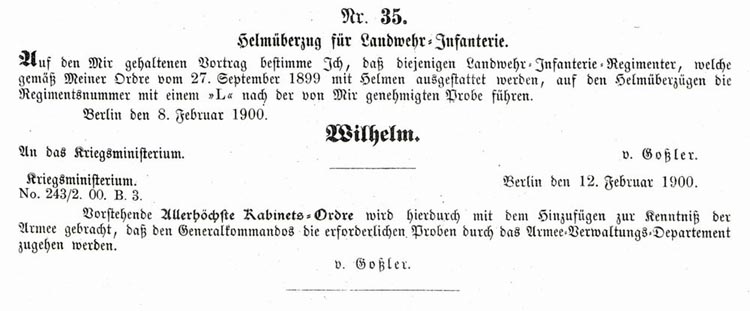 |
||
 |
From 1897 until 1914 red numbers were in vogue. These numbers were either sewn on with some sort of red cloth or stenciled with paint. Remember that reserve units and Landwehr units existed only for a short time and not in all regiments. These units appeared to get the hand-me-down’s. Here are two different examples of private purchase JR 119 covers. On the one below, you can clearly see the square corners of a Württemberg officer’s Uberzug. and a patch that covered up the old JR 123 markings. | |
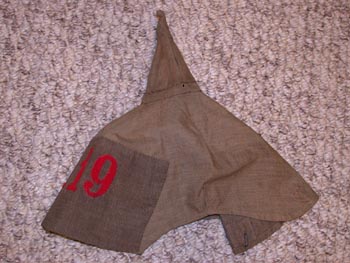 |
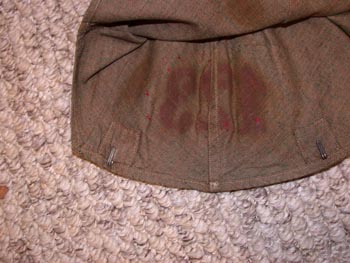 |
|
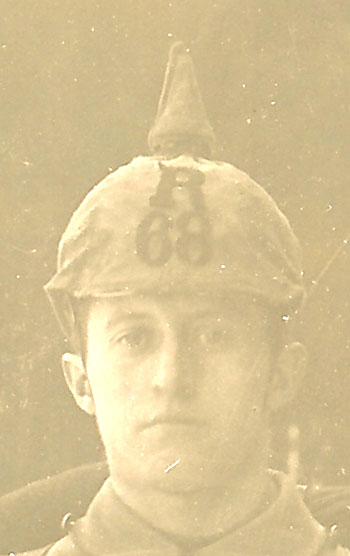 |
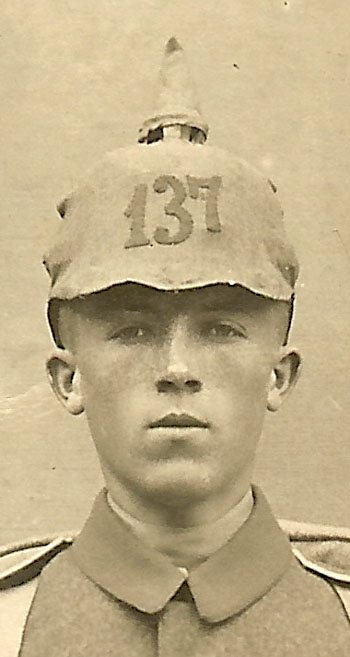 |
|
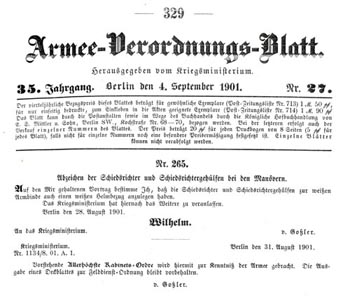 |
In 1901 umpires at maneuvers were authorized white armbands and helmet covers. The picture below shows the maneuvers of IX Corps in 1900. Clearly the white armbands were used in this instance prior to the AKO. |
|
 |
||
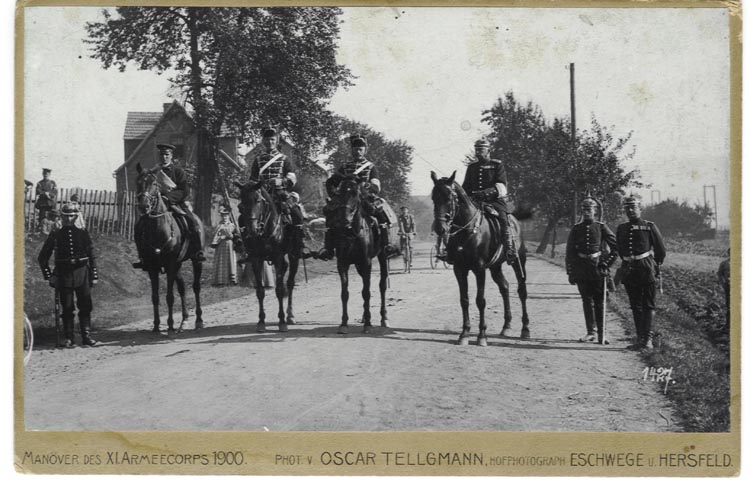 |
||
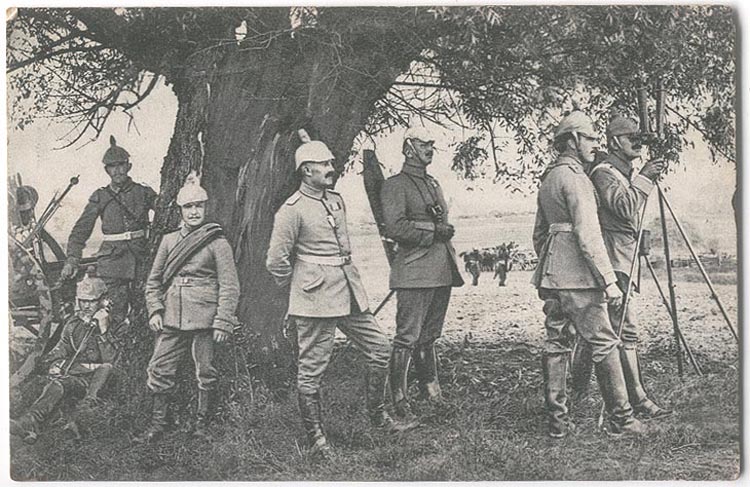
|
||
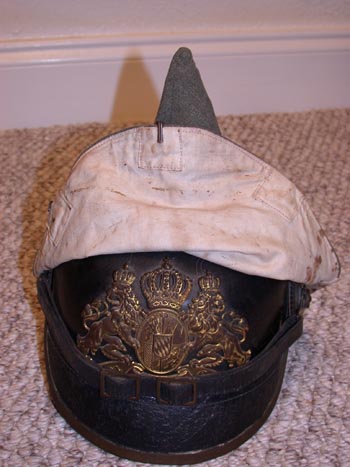 |
This Bavarian is reversible with an umpire whiteside and a normal, wear greenside. There are two sets of hooks one for each direction. |
|
| Maneuver bands were provided for the participants in the Kaiser maneuver in 1908. This denoted the “red team” and was so successful that it was extended to the entire army in 1909.
|
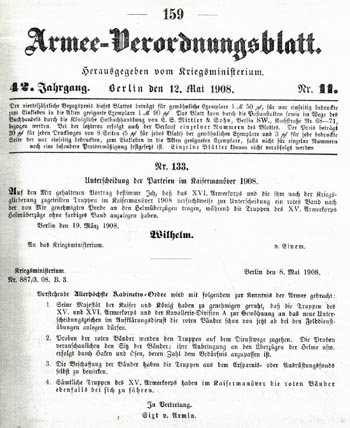 |
|
 |
||
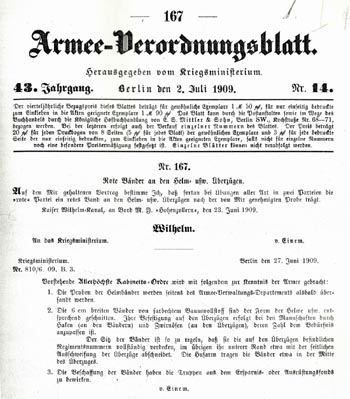 |
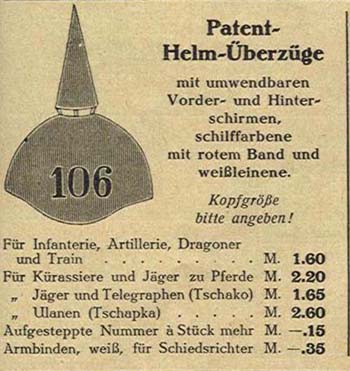 |
|
 |
||
| So for maneuvers you had one team with an uncolored Uberzug, the red team with a red band around the Uberzug, and umpires in a white Uberzug. | 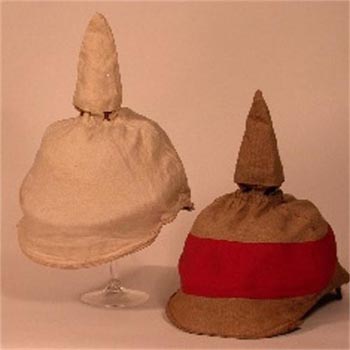 |
|
 |
The red bands came in two distinct types. They were either permanently attached to the cover or applied temporarily through a separate loose band. Some of the private purchase helmet covers were reversible and had the band sewn on one side. The example below has hooks to attach the maneuver band to the helmet cover. It connected to small threads on the outside of the cover.
|
|
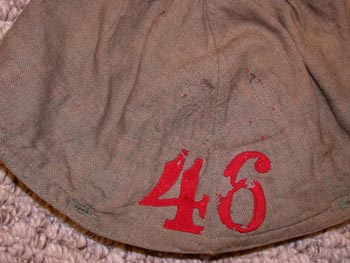 |
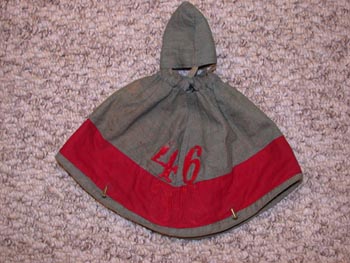 |
|
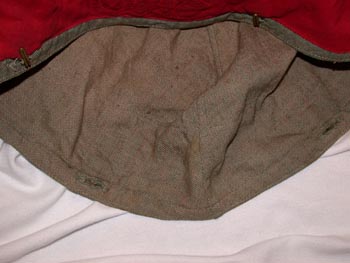 |
This example of FAR 46 comes from the Trawnik collection and is a private purchase cover that has hooks. While the maneuver band is built-in and reversible, there are buttonhole type adaptions that you can see to the left that allows the hooks themselves to be reversible. | |
| Red bands applied to other types of head gear. | 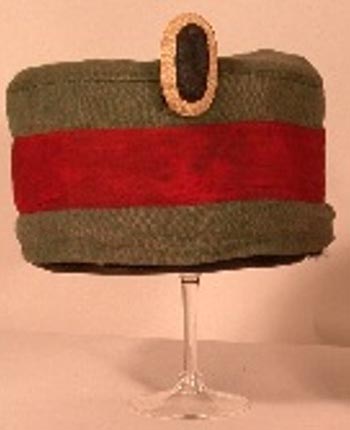 |
|
|
WAR
|
||
|
|
In addition to the massive mobilization required in August 1914, almost immediately the red numbers fell out of favor and were replaced by green numbers. This happened so quickly that it is worth putting it into perspective. The map on the left reprinted with permission of the West Point history department shows the advance into Belgian with the German red lines marked clearly on the 17th. They had barely entered Belgian at all. The left most red arrow is from the 20th of August at the city of Brussels. The AKO below changed the numbers to green on 15 August 1914 and the red eliminated on 19 August 1914. The driving force was to eliminate the red numbers gave great target locations and intelligence information at a distance to the enemy. | |
 |
||
| Red numbers had to be removed. Of course this did not happen instantly and it was left to lower headquarters to determine how to do it. It is not clear to me how this was done nor how fast. Were patches used to cover red numbers??? |
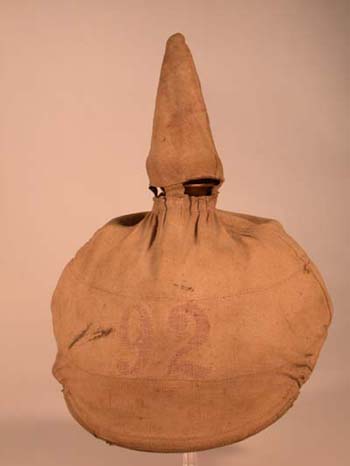 |
|
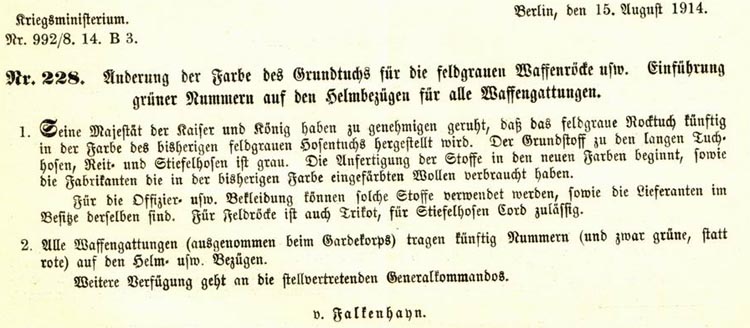 |
||
|
During this short period of time between the start of the war and the onset of green numbers, there were some comical adaptations to remove the red numbers. The helmets shown below actually have the numbers cut out and patch sewn over the hole.
|
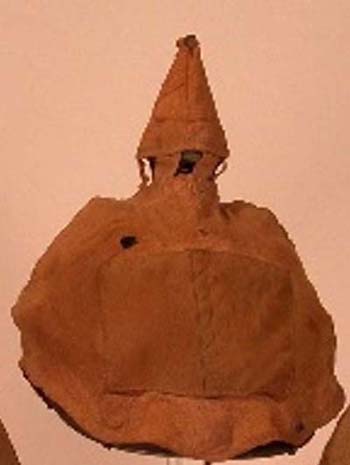 |
|
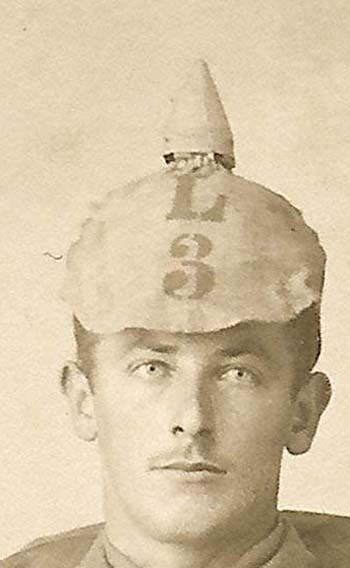 |
Green numbers replaced red as quickly as possible. while green cloth was optimal in some cases numbers were stenciled or even hand painted on. helmet covers with green numbers, reserve helmet covers with green numbers and landwehr helmet covers with green numbers were abundant. Other types of troops to include artillery and pioneers also wore green numbers.
|
|
| A new kind of helmet cover showed up with the letter E on it. These were for the Ersatz Infantry Regiments. While this should be readily identifiable. It was in no way universally used. Pictures of Uberzugs with such a letter are relatively rare. Seems to me to be a Saxon thing. | 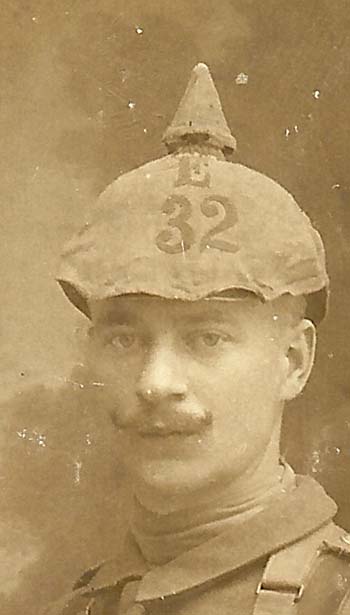 |
|
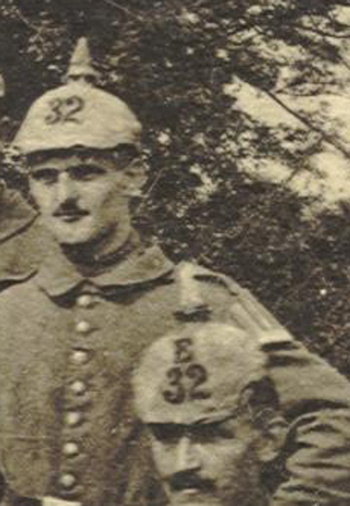 |
Here you have two individuals from the same Ersatz unit that had different helmet covers. | |
| Here we have an ersatz unit with spikes on their helmets and some with long handled shovels and others not. Are they infantry or pioneer? There is an Ersatz Inf. Reg. 24….Saxon. |
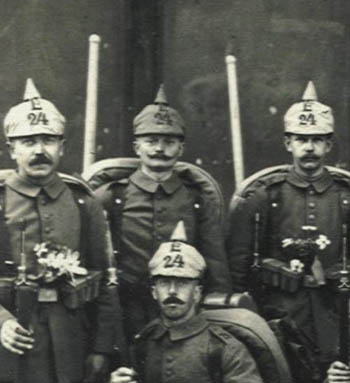 |
|
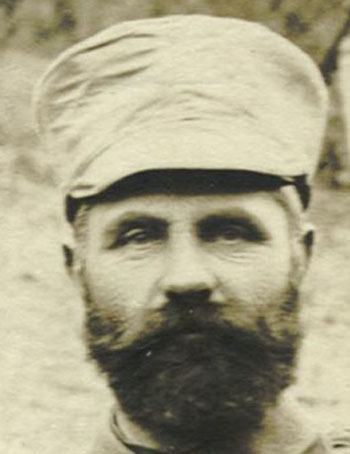 |
Landsturm units on mobilization had their own headgear problems. The landsturm was originally supposed to have an oilskin watch cap. Initially there were problems getting this kind of headgear alone. Landsturm troops are often seen in older shakos. There were Uberzug’s for the watch caps. They do not seem to have been universally issued. | |
 |
||
| An AKO of 14 April 1915 seems to be the introduction of the Maltese cross for the Landsturm.
|
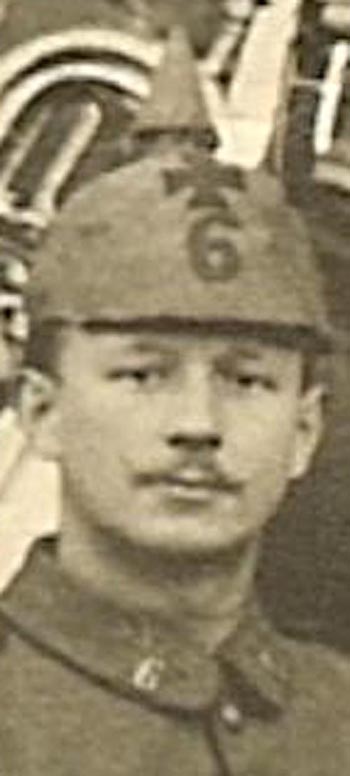 |
|
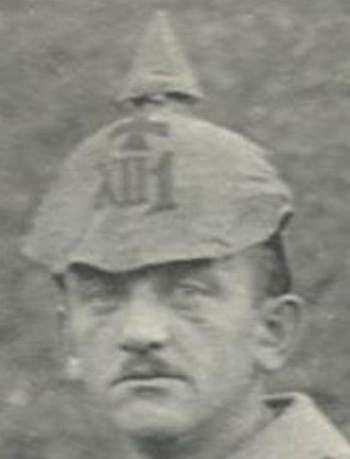 |
This added another layer of confusion to the identification of the Uberzug. Underneath the cross was supposed to be the battalion number. The identification of a battalion, without the identification of the corps makes photograph or artifact identification very difficult.
Landsturm units did not just jump into the cross. There are other landsturm units that have both the corps and the battalion identification on them. |
|
| Corps units that did not have battalion numbers assigned, in some cases, had only the corps on the Uberzug. | 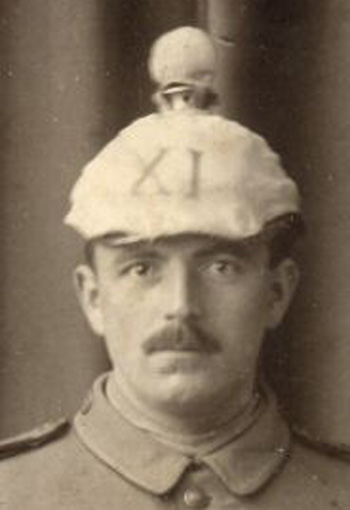 |
|
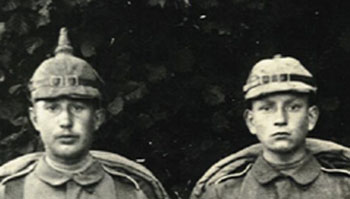 |
28 June 1915, an AKO allegedly changed the field cover to the M15 model with removable spike. This would make a lot of sense and corresponds allegedly to the changing of the helmet itself. The problem is that there was no AKO. This is called a two-part Uberzug. The two parts are: 1. the body with half moon shaped slits to allow the chin strap to pass through and be shown in the front. 2. A removable spike or ball cover that can be placed on the hemet and attached through an elastic type band. Conventional wisdom generally places any helmet strap visible over the cover as a two-part Uberzug. This also allowed the helmet to be worn without the spike and still be covered by the Uberzug. Paragraph 15 of the 21 September 1915 AKO requires all helmets and tschapskas to have removable tops. This is the only AKO in the 1915 AVB that relates to the M15 style helmet. Old myths die hard. | |
 |
||
| Landsturm units continue to wear Corps markings occasionally | 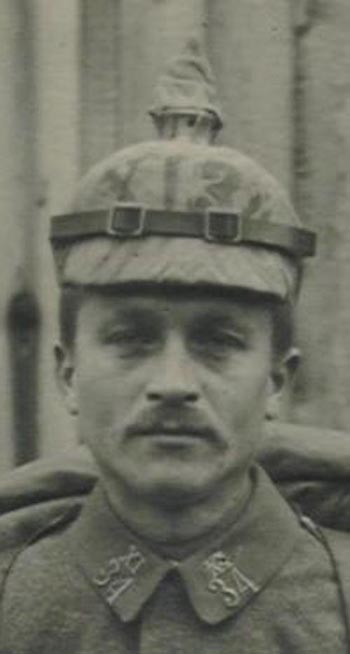 |
|
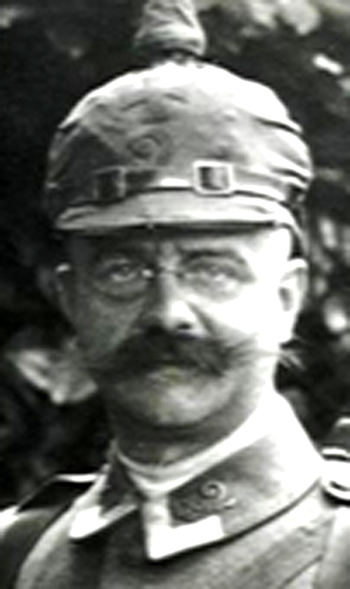 |
Sometimes it was the cross and the battalion number.
As you can see from the two pictures below, patches continued in existence with the two-piece Uberzug and the green numbers. |
|
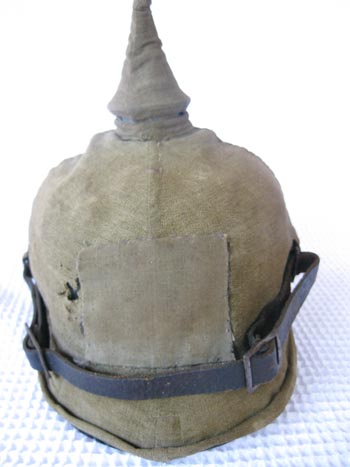 |
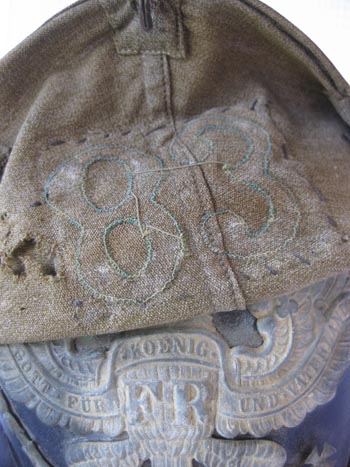 |
|
 |
||
| Helmet covers were often unmarked both in the one piece and two-piece Uberzug. There is an alleged AKO on 27 October 1916, which eliminated all of the numbers and letters except for the cross for Landsturm regiments. As you can see from AKO 735 there was no mention of Landsturm.
|
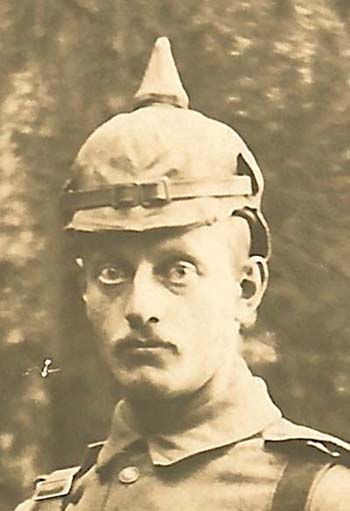 |
|
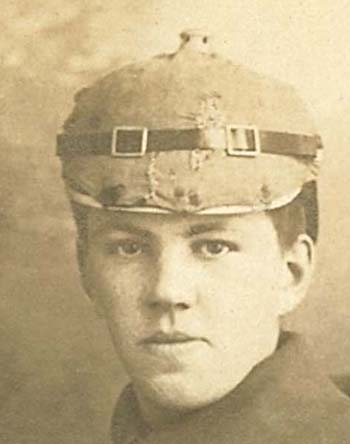 |
With helmets worn without the top, it is not clear whether the spike was never issued, removed before deployment, or stored at some central location. The hole on top of the helmet cover allowed the bayonet stud on the top of the helmet to protrude. You can see the location of the front hooks on this picture. | |
| Reportedly on 3 December 1914, an order from the commander of the 91st Reserve Infantry Regiment placed the green numbers on the back of the field covers. While this was a local order, it is a variation that was done by several units. This unbelievable example from the Trawnik collection shows such a number on the back. Unlike the 91st Reserve Infantry Regiment, this example is a two-part Uberzug used for the M15 helmet. This would indicate that the number on the back was still in use in some units in mid- 1915. You can see that the helmet cover is attached properly and that the ventilation slit is on the back just above the numbers.
Infanterie-Regiment von Horn (3. Rheinisches) Nr.29 Was in the 16th division throughout the war. They were on the Western Front for the entirety of 1914 to 1915. |
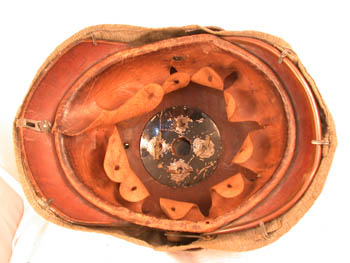 |
|
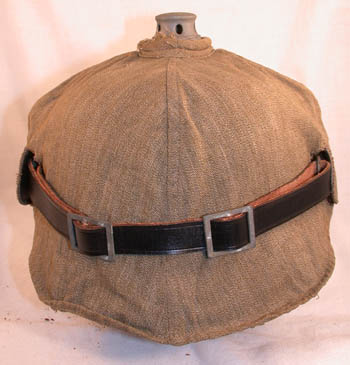 |
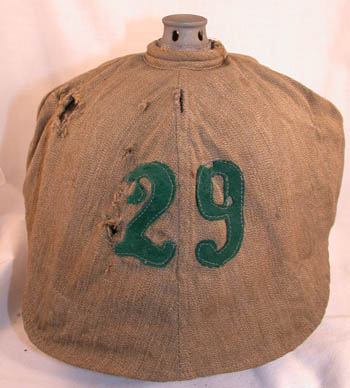 |
|
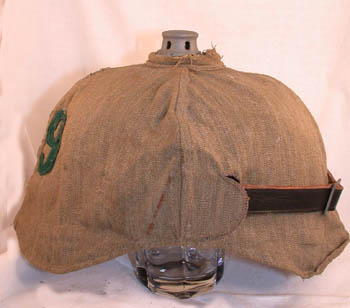 |
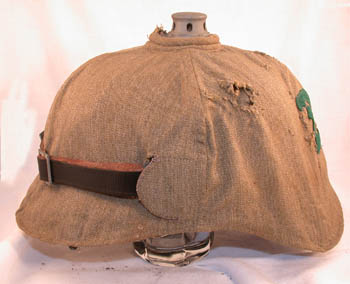 |
|
| Private purchase covers also adopted two piece construction. There were holes for chinscales as well as the standard cardboard slip-ons, however the spike was a separate peace and was totally removable. | 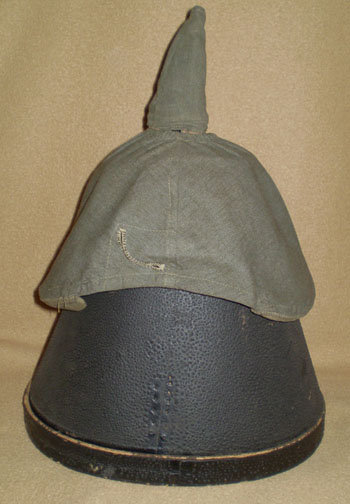 |
|
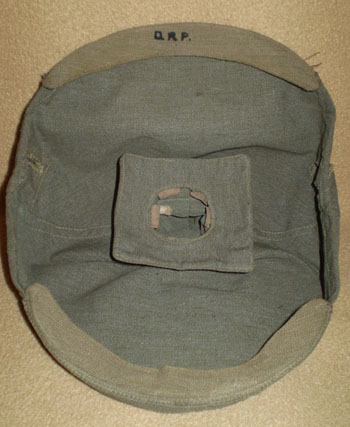 |
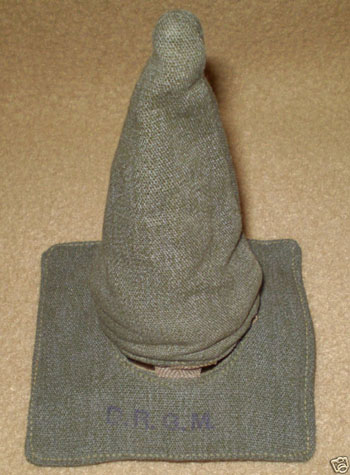 |
|
|
Don’t get comfortable there is always an anomaly
|
||
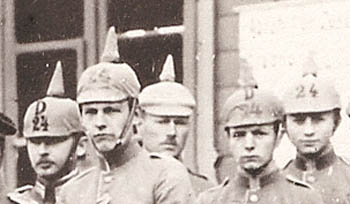 |
Here we have the letter D. used by the Hessian 24th Dragoons. | |
| This looks like an M15 helmet with the chinstrap. The sign then says 1914 and the backside of the card is dated 1914. A very careful search will find that the sides of this Uberzug are rolled up. | 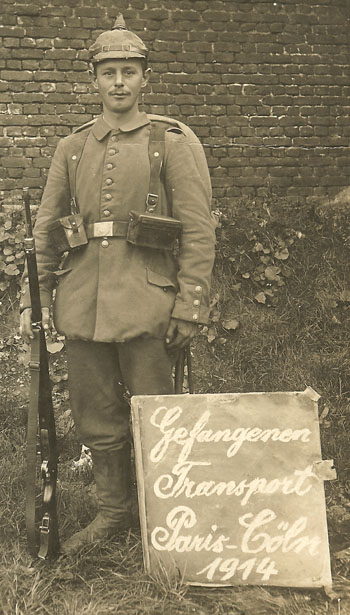 |
|
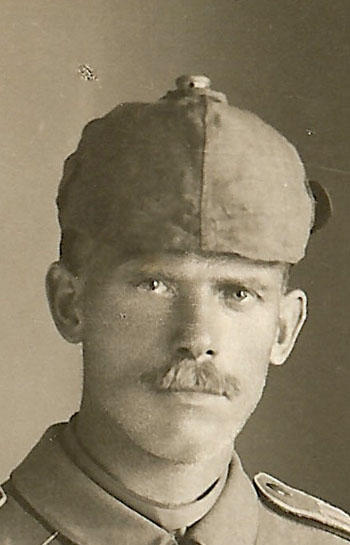 |
Clearly an M15 helmet, but where is the chinstrap? | |
| Three helmets from the same unit. one clearly landsturm one reading 256 and one with no markings. What is the possible connection? Why do they have guard litzen? | 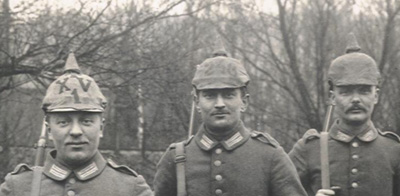 |
|
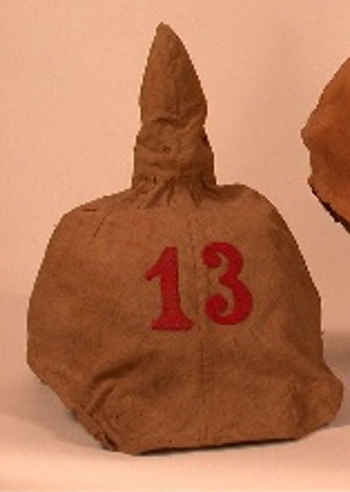 |
Look at the lack of ventilation for this model. There was apparently an early time when there were red numbers but the spike was not attached with four pieces of material. Clearly from a ventilation perspective, this is unacceptable. | |
| Here is another this time from the Loree Collection. Private purchase 61 Arty Uberzug. It has a reversable red band. What is the white cloth and hook for? Isn’t it shown in the picture from the Kostel collection below?
|
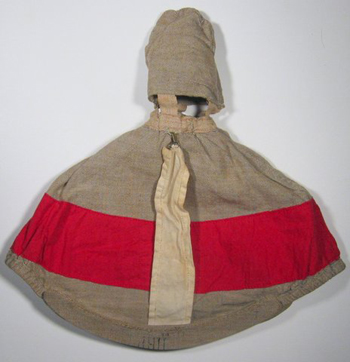 |
|
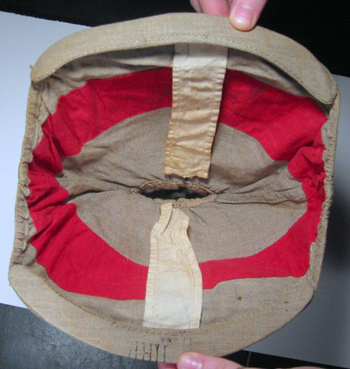 |
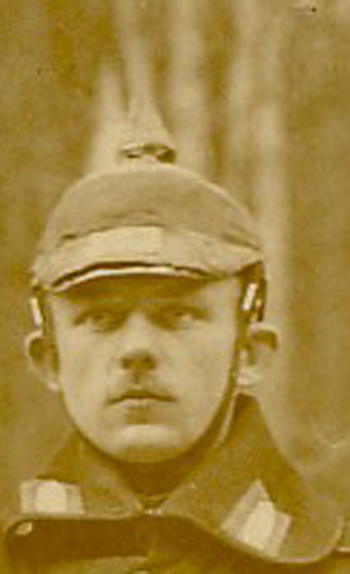 |
|
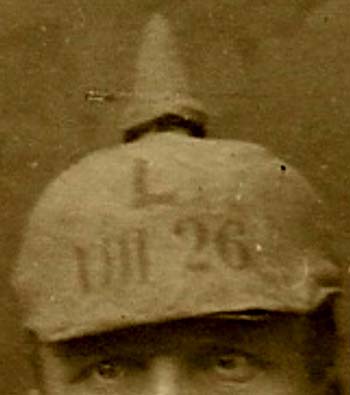 |
This one is quite unusual. This is a Landsturm soldier from Landsturm Infantry Regiment number 13. It had previously been 2nd Landsturm Infantry Ersatz Battalion Ulm. XIII14. Somehow when it was changed to an infantry regiment this Uberzug existed. it uses the unauthorized Landwehr “L” and the Landsturm unit identification. | |
| While letters and crosses were generally placed above the numbers in some rare cases like this picture of a RJR78 soldier from the Kostel collection they preceded the number. You can clearly see how the chin strap is lifted up around the cover not through slits.
There are also the extremely rare pictures of numbers and letters in reverse order.
|
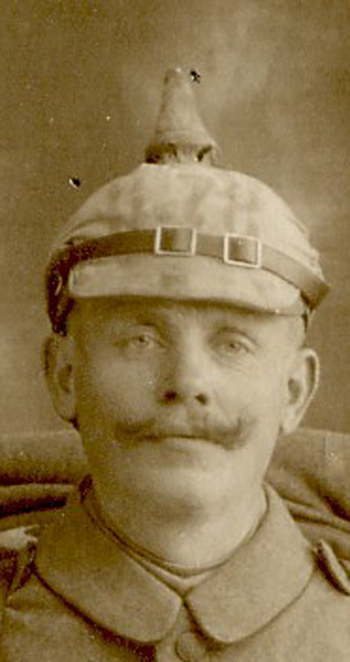 |
|
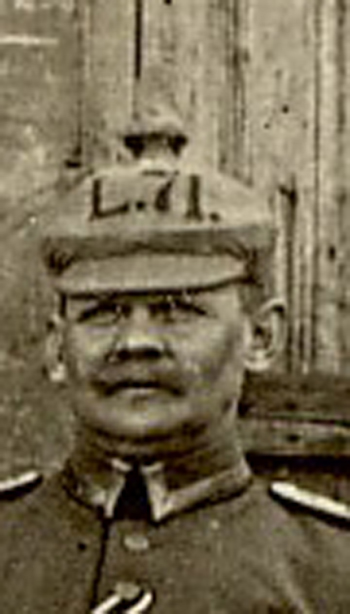 |
Landwehr soldiers also adopted the side treatment in rare cases. | |
| Here we have a Landsturm cross but no collar numbers and no numbers on the Uberzug | 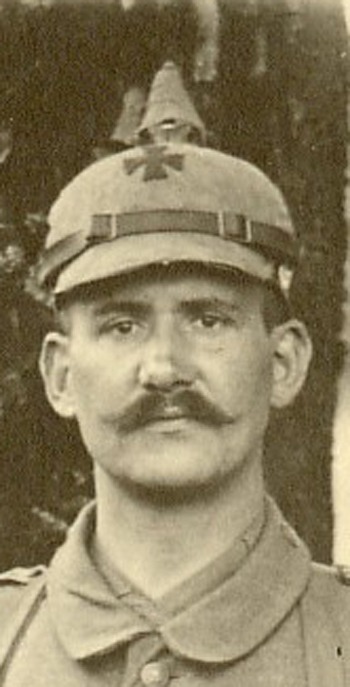 |
|
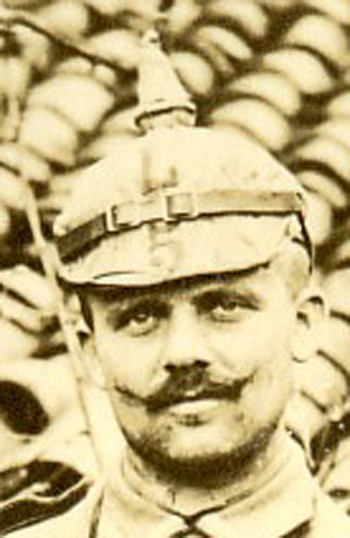 |
Here in this picture from the Kostel collection we get a low low placement of the number. | |
| In the realm of you can buy anything here is a Bavarian Uberzug with a really big number six. | 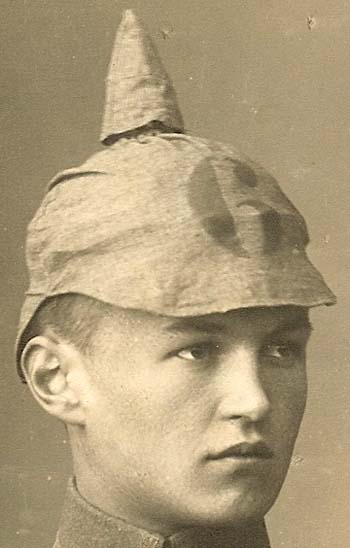 |
|
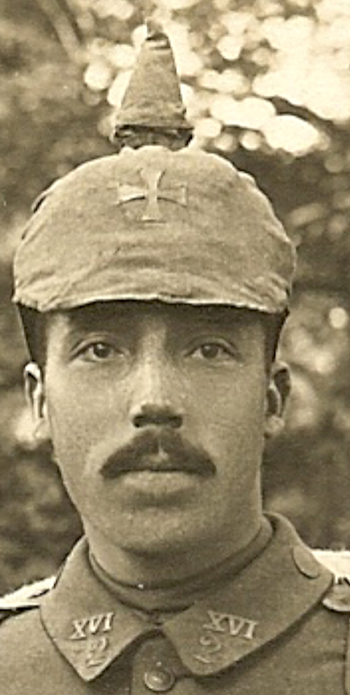 |
This gentleman wears a 50 mm metal Landwehr cross that is normally found on an oilskin cap. The picture below shows a 25 mm Landwehr cross.
|
|
| This gentleman is wearing his Uberzug inside out. You can see the hooks on the front visor, and he chose not to thread the chinstrap through the slits on the side. Was he hiding the numbers? | 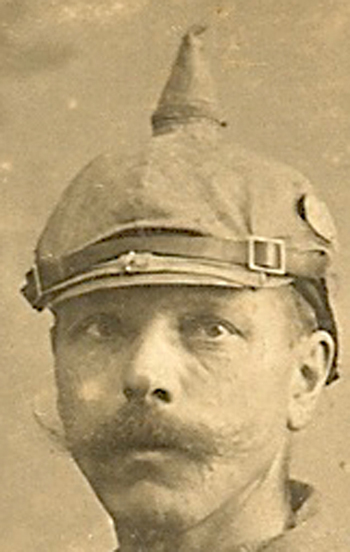 |
|
 |
This cover has a makeshift number. It almost looks like it was put on with a magic marker. | |
| The numbers on this seem to be something other than red or green — white?A Belgian collector named Karel pointed this one out to me, which I subsequently bought. Yellow! There are air vents on the side as well as the Arabic number six on the left side. There are some black stampings on the back but I cannot decipher them.
For those who will say that the thread has faded from red, there are no cloth or thread markings. There is yellow paint for three different numbers. Why yellow? I have no idea. |
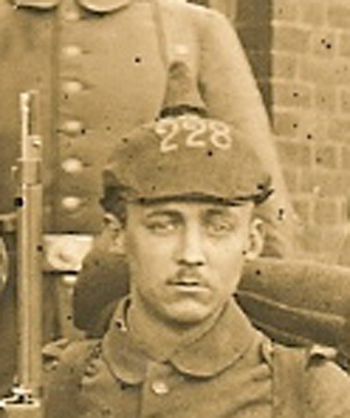 |
|
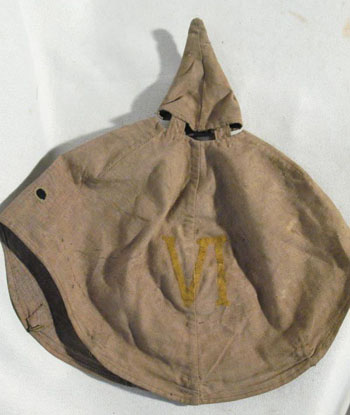 |
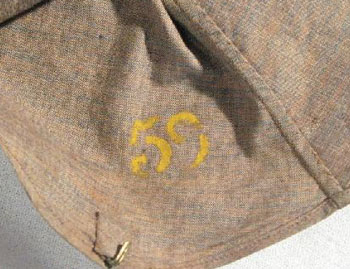 |
|
 |
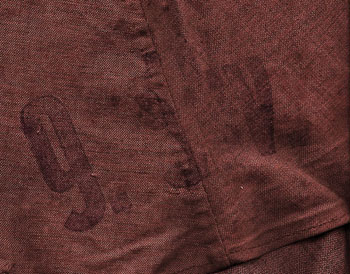 |
|
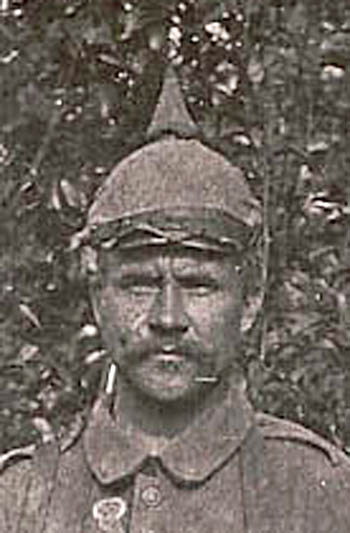 |
Looks like duct tape! | |
| Bavarian Leib Regiment–private purchase. I know of no other example. | 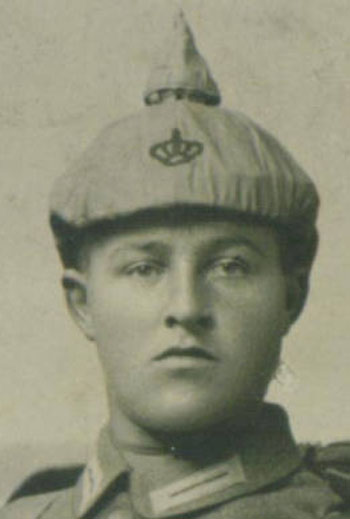 |
|
| The knowledge of use of the Uberzug on the shako seems far less developed then on the pickelhaube. At least one source says that pre-war shakos did not have numbers. They certainly did during the war. However, I cannot tell you when use started. I also cannot give a start date for the numbers. | Somehow they started the war with red numbers. When the change came down to green in August 1914 this was not adapted very quickly by the Jäger and apparently not at all by the other shako wearing troops. The Marines had and continued to wear blue numbers that were very large. Notice the unique number one below.. | |
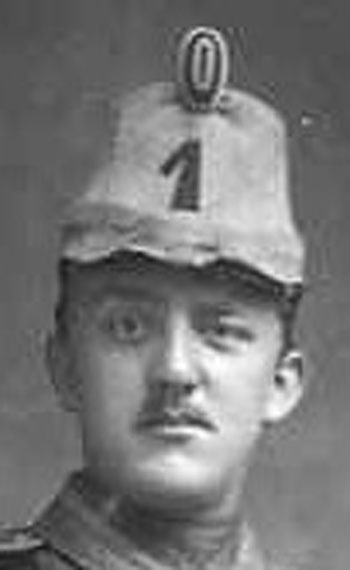 |
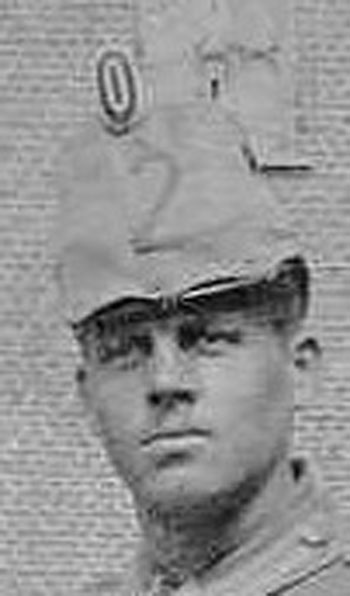 |
|
| There seems to be some confusion about the use of numbers and battalion or regimental designation. While I have some data, I do not know enough yet. A difference between Arabic and Roman numerals??? According to an older article the M60 type shako that came from the Landwehr and was used extensively by the Landsturm was worn without an Uberzug.
|
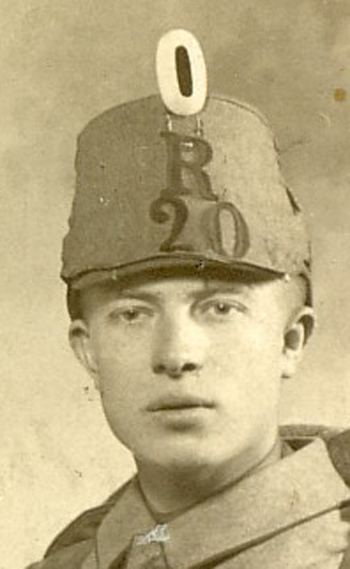 |
|
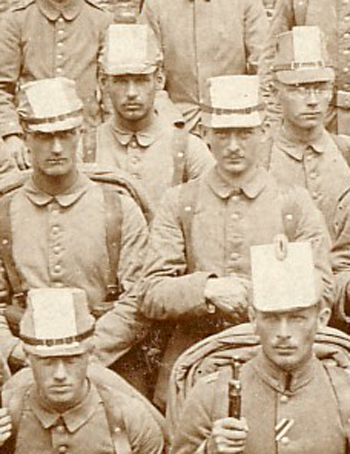 |
Also Security minded the Shako clad troops in this picture covered their unit identification with paper!
|
|
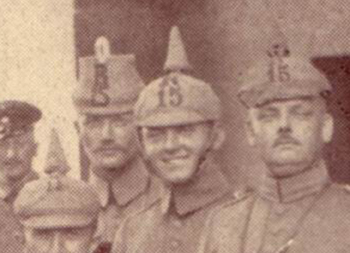 |
The use of numbers is also confusing on Shakos. This picture of the officers of RIR15 includes one member wearing the shako of his original unit. | |
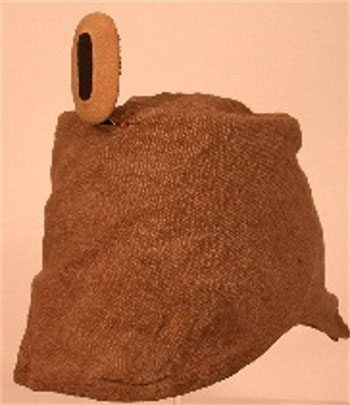 |
 |
|
| Similar to the example above almost all of these covers were in one piece with no holes or the chin strap. However, as you can see from the example below there were some examples with the ear holes. | ||
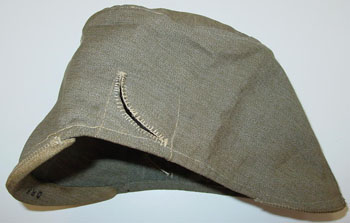 |
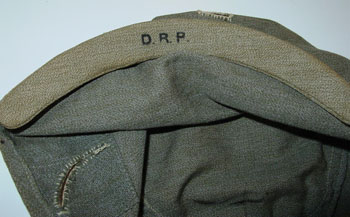 |
|
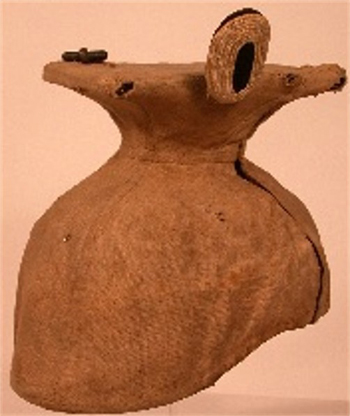 |
||
 |
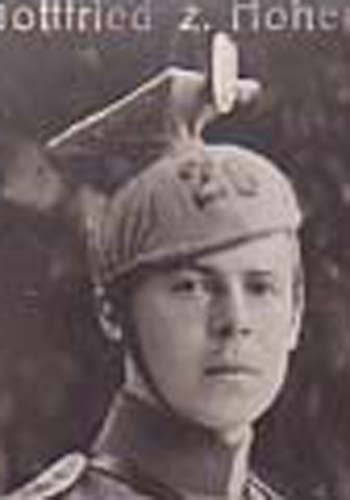 |
|
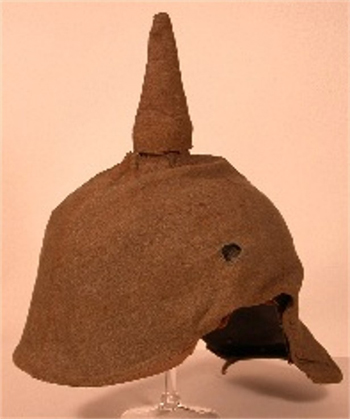 |
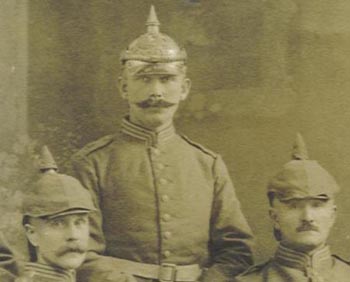 |
|
| Thanks to the teaching of someone named Mr. X. we have an example here of two different Uberzug’s from a Saxon shako wearing unit. One is made of cloth and the other is made of oilskin. | 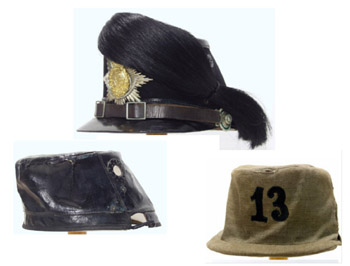 |
|
 |
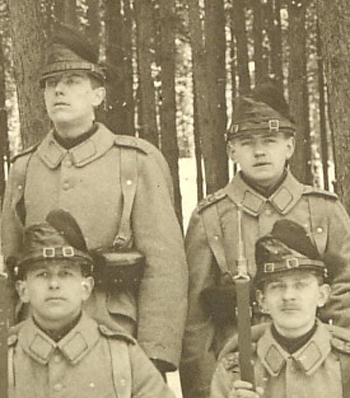 |
|
| I have many people to thank for contributions to this article. Glenn Jewison and Dr. Buchholz provided all of the AKOs and the pictures of RJR 15. Randy Trawnik provided most of the pictures of artifacts, either from his collection or pictures he took at the Museum in Rastatt. He also guided me through series of phone conversations. Mr. X provided the Saxon pictures of a helmet in his collection. Max Chafotte provided a picture of a Uhlan (what else!) wearing an Uberzug. Brian Kostel provided the last picture of the Saxon oilskin and many more. Brian Loree Provided the 61st Arty berzug and the DRP. James LeBrasseur gave a great deal. Without that kind help of these people this project would be nowhere. | ||

